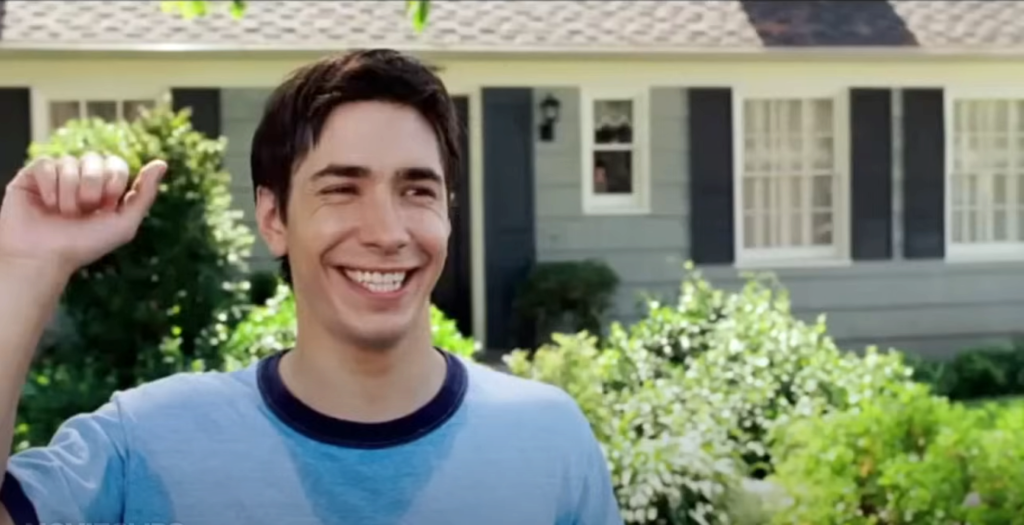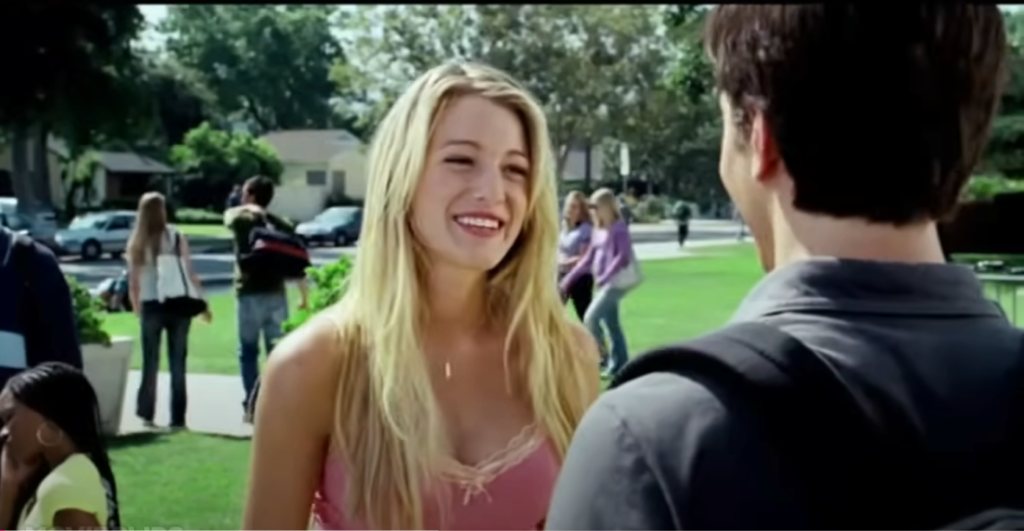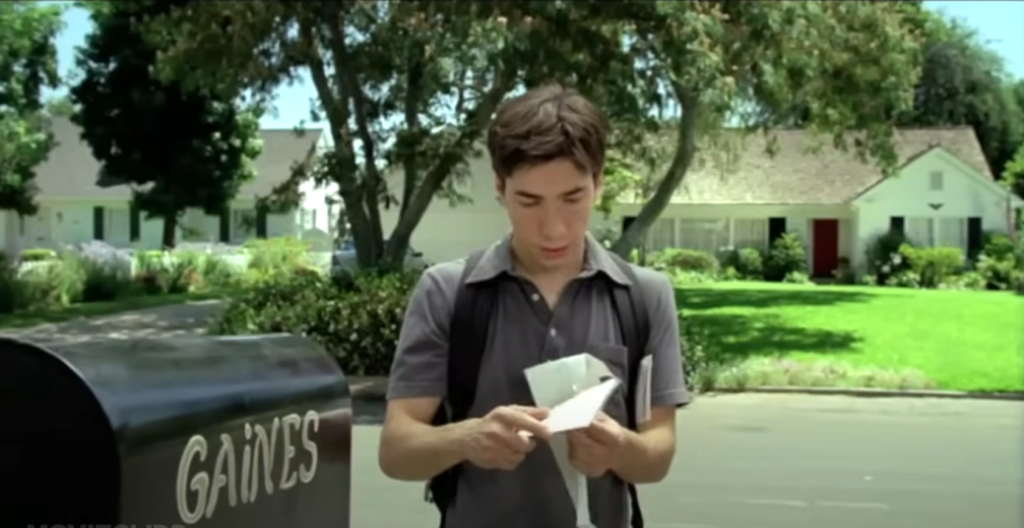Shifting Narratives in Cinema
The role of female protagonists in cinema has undergone a significant transformation over the past century. In the early days of film, women were often relegated to the role of the damsel in distress—characters who were passive, dependent, and waiting to be saved by the male hero. These portrayals reflected the societal norms of the time, where women were expected to be submissive and reliant on men for protection and guidance.
However, as society evolved, so too did the representation of women on screen. The shift in cultural attitudes, driven in part by feminist movements, began to challenge these outdated stereotypes. Female characters started to emerge as strong, independent figures who could take control of their own destinies. Today, the cinematic landscape is filled with female protagonists who are as complex, dynamic, and powerful as their male counterparts. This evolution from damsels to warriors not only reflects the changing role of women in society but also highlights the film industry’s growing commitment to diverse and empowering narratives.
The Damsel in Distress: Early Representations of Women in Film
In the early days of cinema, the trope of the damsel in distress was a common narrative device. Female characters were often portrayed as helpless and vulnerable, relying on male heroes to rescue them from danger. This portrayal was a direct reflection of the societal norms of the time, where women were expected to be passive, nurturing, and dependent on men.
Classic films like King Kong (1933) and Snow White and the Seven Dwarfs (1937) exemplify this trope. In King Kong, Ann Darrow is the quintessential damsel in distress, captured by the giant ape and waiting to be rescued by the male protagonist. Similarly, in Snow White, the titular character is rendered unconscious by a poisoned apple, only to be saved by the kiss of a prince. These characters had little agency or autonomy, their primary function being to drive the hero’s journey and to serve as the object of desire or protection.
This depiction of women as damsels in distress perpetuated the notion that women were weak and in need of saving, reinforcing traditional gender roles. However, as societal attitudes began to shift, so too did the portrayal of women in film, leading to the rise of more independent and assertive female protagonists.
Breaking Stereotypes: The Rise of the Independent Female Protagonist
The 1970s and 1980s marked a significant turning point in the portrayal of women in cinema. As feminist movements gained momentum, the film industry began to reflect these changing attitudes by introducing female characters who were no longer content to play the passive role of the damsel in distress. Instead, they emerged as independent, assertive figures who could take control of their own narratives.
One of the most iconic examples of this shift is Ellen Ripley, the protagonist of Alien (1979). Ripley is a character who defies the traditional gender roles of the time. She is resourceful, strong, and capable of surviving on her own in the face of extreme danger. Her character was groundbreaking not only because she was a female action hero but also because she was written and portrayed as a fully developed human being, not defined by her gender.
Similarly, Thelma & Louise (1991) challenged traditional gender roles by presenting two female protagonists who take control of their lives, even if it means breaking the law. The film was revolutionary in its depiction of female friendship and empowerment, offering a narrative where women are not defined by their relationships with men but by their own choices and actions.
These films and others like them began to redefine what it meant to be a female protagonist in Hollywood. No longer were women confined to roles of passivity and dependence; they could now be heroes, warriors, and complex characters in their own right, reflecting the growing recognition of women’s strength and autonomy in society.
The Warrior Archetype: Female Heroes in Modern Cinema
In recent years, the archetype of the female warrior has become a powerful symbol in modern cinema. Characters like Katniss Everdeen from The Hunger Games, Furiosa from Mad Max: Fury Road, and Wonder Woman have redefined what it means to be a female protagonist. These characters are not just strong and resilient—they are leaders, fighters, and symbols of hope and empowerment.
Katniss Everdeen, portrayed by Jennifer Lawrence, represents a new kind of heroine. In The Hunger Games series, she is thrust into a brutal fight for survival but emerges as a symbol of resistance against tyranny. Katniss is a complex character who embodies both physical strength and emotional vulnerability, making her relatable and inspiring to audiences worldwide. She is not motivated by a desire for power but by a deep sense of justice and a fierce love for her family.
Furiosa, played by Charlize Theron in Mad Max: Fury Road, is another iconic example of the female warrior. She is a formidable fighter, determined to rescue women from the clutches of a tyrannical warlord. Furiosa’s character challenges traditional gender norms by balancing traditionally masculine traits—such as strength and stoicism—with a deep sense of compassion and loyalty. Her role in the film is not just as a sidekick to the male protagonist, but as a co-leader and driving force of the narrative.
Wonder Woman, portrayed by Gal Gadot, brings the female warrior archetype to the forefront of superhero cinema. As a character who has been part of popular culture for decades, Wonder Woman’s modern cinematic portrayal emphasizes her strength, intelligence, and leadership. She is not just a warrior; she is a beacon of hope and a symbol of empowerment for women everywhere. Her success has paved the way for more female-led superhero films, proving that audiences are eager to see strong, multidimensional female characters on screen.
These characters demonstrate that the female warrior archetype is not just about physical strength. It is about resilience, leadership, and the ability to inspire others. These modern heroines balance traditionally masculine traits with emotional depth and complexity, making them relatable and empowering figures for audiences of all genders.
Cultural Impact: How Evolving Female Protagonists Reflect Social Change
The evolution of female protagonists in cinema is not just a reflection of changes within the film industry—it mirrors broader societal shifts regarding gender roles and expectations. As society continues to challenge and redefine traditional gender norms, the portrayal of women in film has evolved to reflect these changes, offering more nuanced and empowering representations.
In the past, female characters were often confined to roles that reinforced traditional gender roles—damsels in distress, love interests, or supportive side characters. However, as society has progressed towards gender equality, the film industry has begun to portray women in roles that emphasize their strength, independence, and complexity. This shift has had a significant impact on how women are perceived in society, particularly by younger audiences who look to film for role models and inspiration.
For example, the success of female-led films like Wonder Woman and The Hunger Games has demonstrated that audiences are hungry for stories that feature strong, capable women at the center of the narrative. These films have not only broken box office records but have also challenged the industry’s long-held belief that female-led films are less profitable. This shift has encouraged studios to invest in more diverse and inclusive stories, paving the way for a broader range of female protagonists in cinema.
Moreover, the portrayal of female characters as warriors, leaders, and complex individuals has had a profound influence on how women are perceived in society. These characters challenge the notion that women must fit into specific roles or stereotypes, showing that they can be strong, independent, and multifaceted. This evolution in representation is particularly important for young girls, who see these characters as role models and are inspired to pursue their own dreams and ambitions without limitations.
Challenges and Criticisms: The Road to True Representation
Despite the progress in representing women in cinema, there are still significant challenges in achieving true and nuanced portrayals. One of the ongoing criticisms is the issue of tokenism, where female characters are included in films not for their narrative importance but to fulfill a diversity quota. This can result in shallow, underdeveloped characters who, despite being labeled as “strong female characters,” lack the depth and complexity that make them truly engaging or memorable.
The “strong female character” trope itself has also faced criticism. While it was initially celebrated as a departure from the damsel in distress archetype, it often reduces female characters to a limited range of traits—usually physical strength or resilience—without exploring their vulnerabilities, personal growth, or individuality. This oversimplification can be just as restrictive as the stereotypes it aims to replace, failing to present female characters as fully realized individuals with diverse experiences and emotions.
Moreover, the lack of diversity within female representation remains a challenge. Women from different cultural backgrounds, age groups, and life experiences are often underrepresented or portrayed in stereotypical ways. This lack of variety limits the scope of female stories that are told and fails to capture the richness and diversity of women’s lives.
To move toward true representation, the film industry must continue to push for more nuanced, varied, and authentic portrayals of women. This means creating female characters who are complex, relatable, and reflective of the real world, beyond the confines of traditional or simplified roles.
From Damsels to Warriors – A Cinematic Revolution
The journey of female protagonists in cinema from passive damsels to empowered warriors marks a significant shift in both film and society. This evolution mirrors broader changes in how we view gender roles and the potential of women, both on and off the screen.
As we reflect on this progress, it’s clear that these changes have had a profound impact, inspiring audiences and reshaping cultural narratives. However, the journey toward true representation and equality is ongoing. The film industry must continue to challenge itself, striving for more nuanced, diverse, and authentic portrayals of women.
This cinematic revolution is still unfolding, and as filmmakers continue to tell stories that capture the full depth and diversity of women’s experiences, we move closer to a future where every female protagonist is a true reflection of the world around her.



